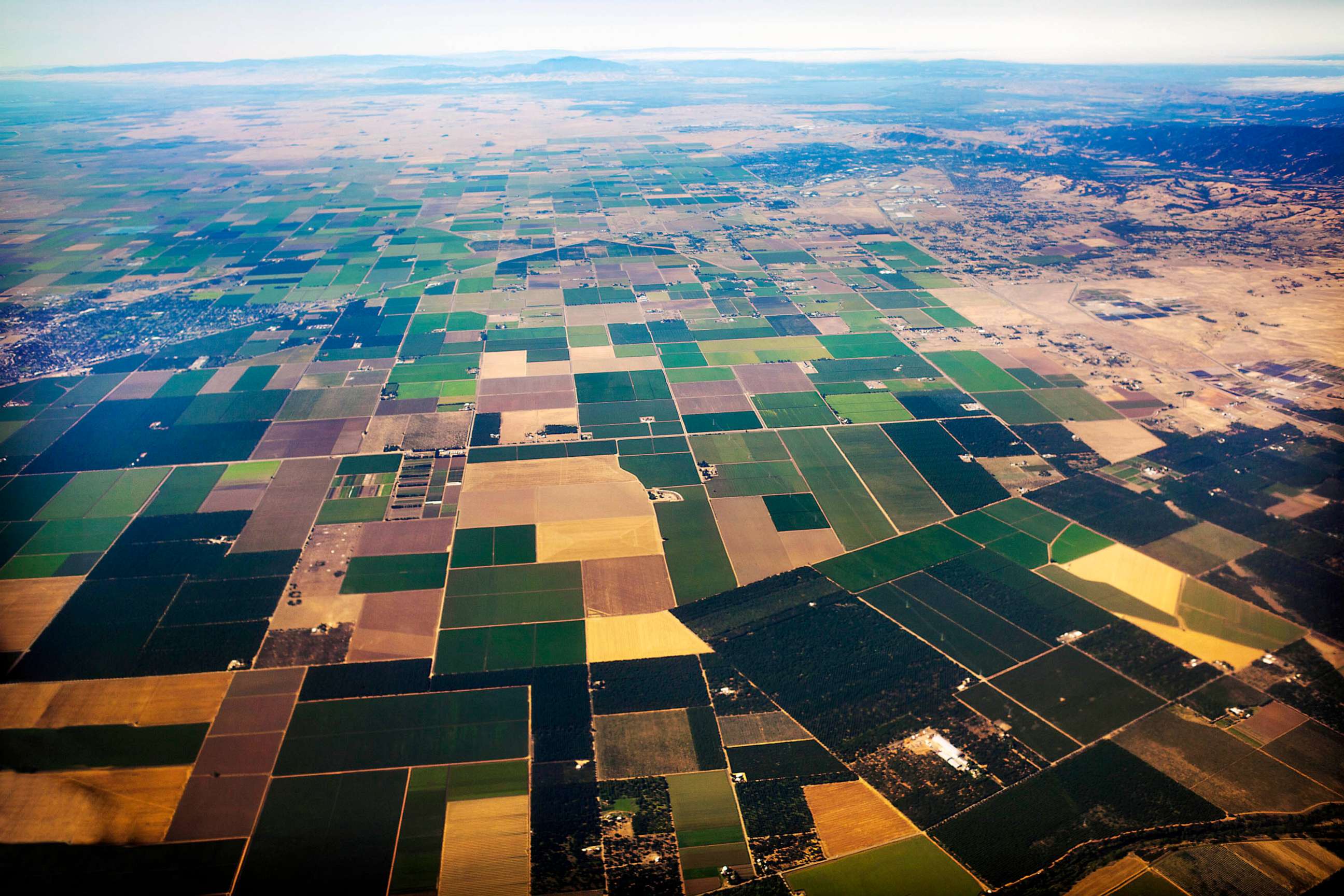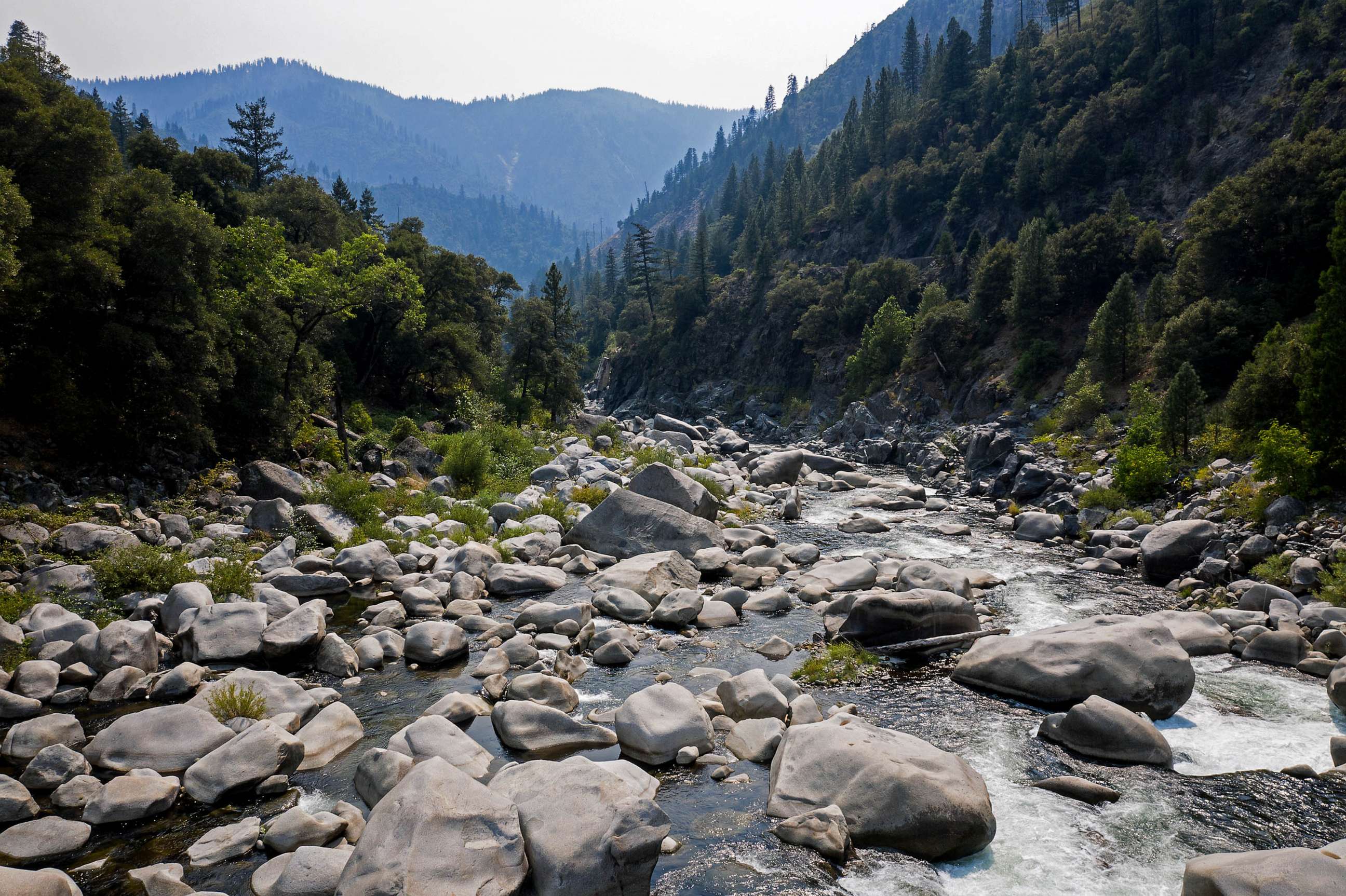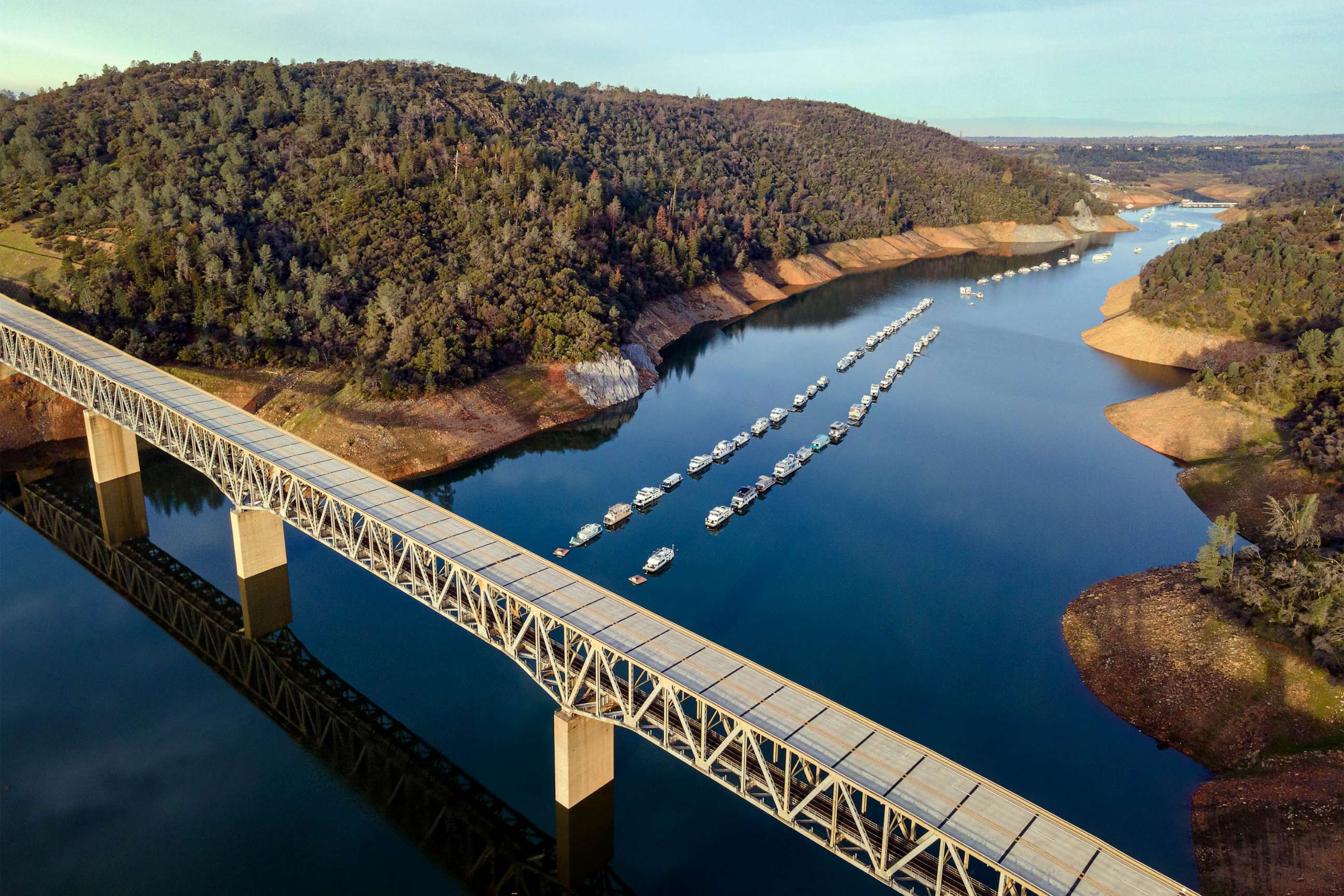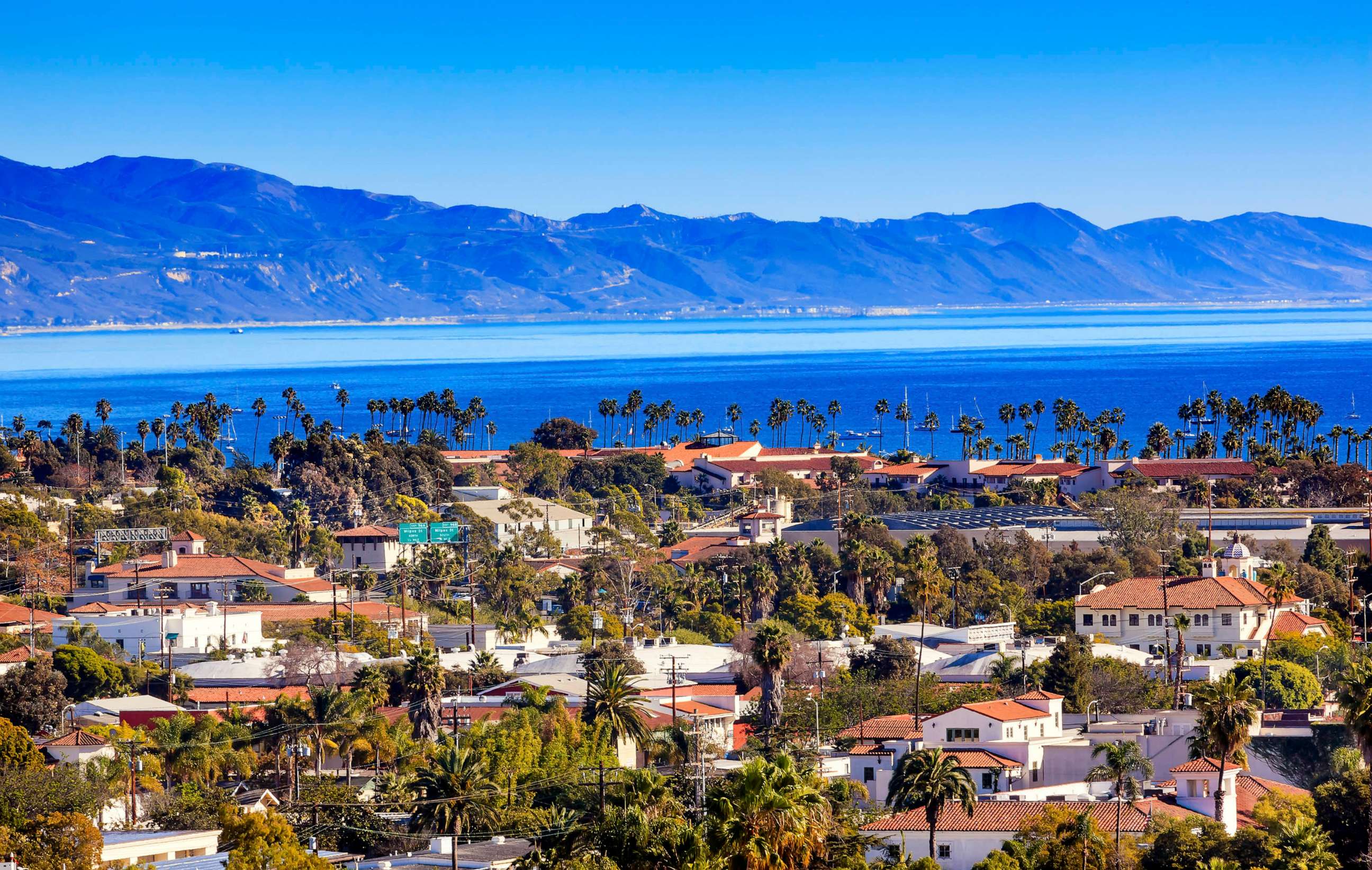This year's 100% water allocation in California does not mean the water crisis is over, experts say
Climate change will make it hard to predict how much water will come each year.
The West may be out of the woods in ensuring its water supply this year, but the water crisis is still very much alive, experts caution.
Last week, the California Department of Natural Resources announced that the state would receive 100% water allocation for the first time since 2006, meaning that communities and farmers under the State Water Project would receive all of its water requests for the year.
In February, the U.S. Bureau of Reclamation announced that the Central Valley Project, which obtains its water from the Colorado River, would also receive 100% water allocation -- the first time since 2017. Further south, the Imperial Valley could also receive higher-than-usual water allocation, due to California's senior water rights in the Colorado River Compact, experts told ABC News.
The heavy influx of water comes after several rounds of atmospheric rivers pummeled the West Coast during the wet season. So much precipitation fell that more than 65% of California is no longer experiencing drought conditions, a map from the U.S. Drought Monitor shows.

There is 221% more snowpack than average in some areas in California, according to the state's Department of Natural Resources. Flooding due to rapid melting is expected in the Sierra Nevada mountains in California and Nevada as temperatures soar to near-record highs.The National Weather Service has forecast spring inflow to be 90% of the average in several waterways in California, and Tulare Lake Basin in the Central Valley is expected to overflow.
"There's nowhere else for this water to go in the Tulare Lake Basin," Daniel Swain, climate scientist at the University of California Los Angeles said Monday during the "office hours" session he streams on Youtube. "It's just going to fill up like a bathtub."
The Colorado River basin saw record snowpack in places like Utah and Arizona -- up to 228% the normal amount, records show. The melting will contribute much needed water to Lake Mead and Lake Powell.
While California is swimming in water resources this year, experts warn that water supplies could easily return to precarious levels by next year.

As global temperatures begin to warm, scientists expect a "boom or bust" precipitation pattern, where either all of the precipitation will come at once, or not at all, Zach Zobel, risk scientists at the Woodwell Climate Research Center, told ABC News. Climate change is also expected to make it difficult to predict the amount of snow and water that will be available in the future, according to a study published in the Proceedings of the National Academy of Sciences last year.
"It just doesn't guarantee we're gonna have another wet here next year, right," Newsha Ajami, water expert at the Lawrence Berkeley National Laboratory, told ABC News. "So it's very important to be strategic about how we use that water."
The extra water is "great news" for the beneficiaries of the water projects, since in recent drought years the water allotments have been cut back "sharply," Mark Battany, water management and biometrerology advisor at the University of California Agriculture and Natural Resources, told ABC News.
The Westlands Water District, a water utility company in Fresno, received 0% water allocation from the Central Valley Project in the past two years.
"It's really important that with this water, we are able to store as much as possible and able to utilize it efficiently because we just don't know what the future will bring," Elizabeth Jonasson, public affairs representative for Westlands Water District, told ABC Fresno station KFSN. "If the drought is to continue next year or later this year, we hope to have some of this water stored.

Water storage and groundwater recharge will also be important during this time of plenty, California Gov. Gavin Newsom said in a statement last week.
"California is taking action to maximize the capture and storage of water from recent storms and snowpack, increasing water deliveries to 100% for the first time in nearly two decades," Newsom said. "California is moving and storing as much water as possible to meet the state’s needs, reduce the risk of flooding, and protect our communities, agriculture, and the environment."
The state is also taking steps to send additional water to regions for groundwater recharge and added reservoir supplies. Reservoir storage is at 105% of average for this time of year, Newsom said.
Farmers around the state also plan to take advantage of the ample water supply and store any surplus, Alex Orosco, a farming water controller, told KFSN.
"We're not gonna use it all this year," Orosco said. "You know, we can't. It's just too much."

The extra water will allow farmers who have been relying on groundwater due to allotment cuts to replenish that supply -- as long as they don't use the extra water as an opportunity to plant more perennial trees, such as almond trees, that require exorbitant amounts of water to grow, Pablo Ortiz, climate and waters scientist at the Union of Concerned Scientists, told ABC News.
Despite the welcome change in moisture in recent months, the West cannot become complacent in its efforts to conserve water, Ajami said, adding that the state has "momentum" in terms of a conservation mindset.
Forced water-use cuts in 2015 and 2016 made California more "waterwise," leading to a decrease in overall water usage, a study published Tuesday in Advancing Earth and Space Science found.
The habits stuck, the University of California, Riverside researchers found. Water use in the state was lower in 2019 than in 2013.
It will take several years of consistently above-average rain and snowfall -- about five to seven -- to return water levels to past levels, Ajami said.
"The Colorado River Basin, which is a critical water supply source for Southern California, is still in the midst of a 23-year drought," the Department of Natural Resources said in a statement last week. "Californians should continue to use water wisely to help the state adapt to a hotter, drier future."




